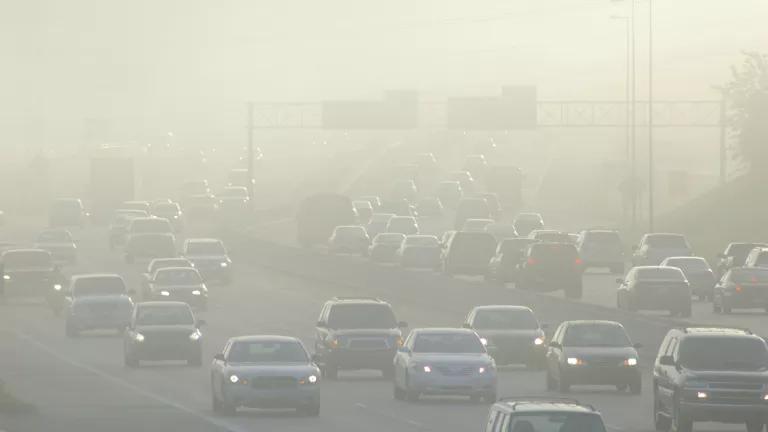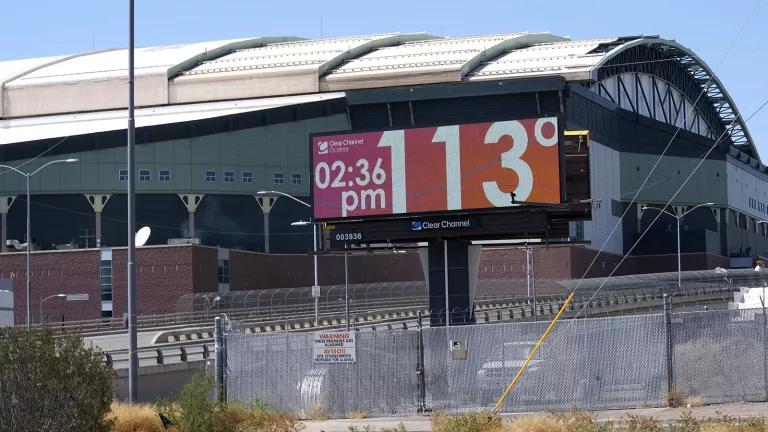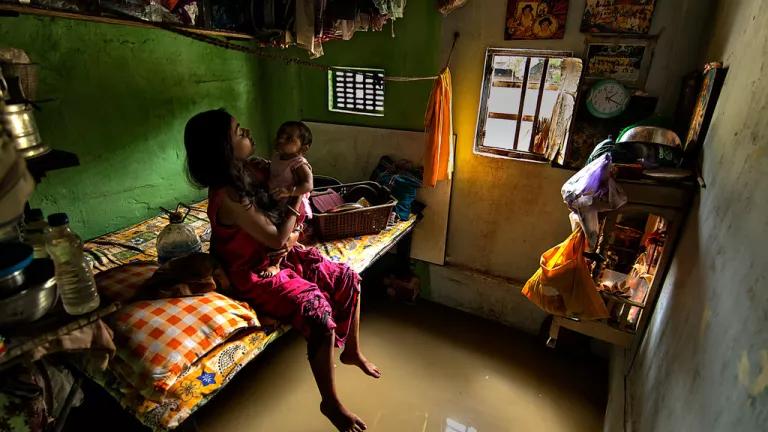Climate Change and Health
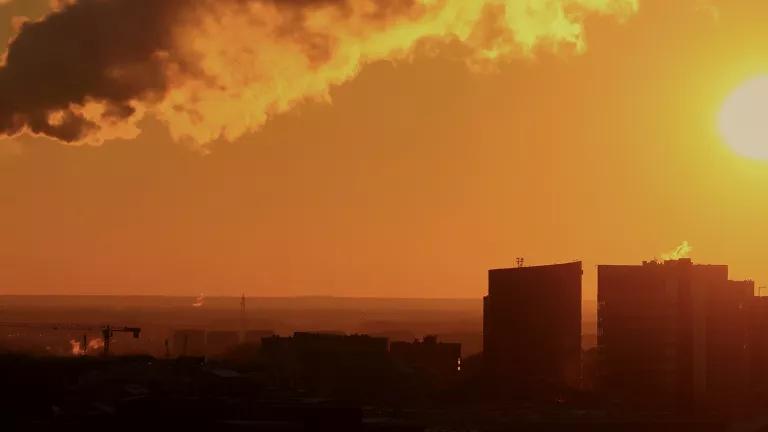
Climate change is one of the most serious public health threats facing the nation, but few people are aware of how its impacts—from deadly heat waves and worsening air pollution to the spread of infectious diseases carried by mosquitoes and ticks—can affect their health. The earth’s temperature was the hottest on record for the third straight year in 2016,1 and the World Health Organization warns that about 250,000 additional deaths will be caused by climate change each year between 2030 and 2050.2 Children, the elderly, and communities living in poverty are among the most vulnerable. These maps show the health threats of extreme heat and poor air quality across the country, what actions are being taken to prepare communities, and what you can do.

Climate Change and Health: Air Quality
Climate change threatens the air you breathe by fueling smog and ragweed pollen. About 4 in 10 Americans—nearly 127 million—live in areas with both unhealthy smog and ragweed, a new NRDC analysis finds. To avoid making asthma and allergies even worse, we must reduce carbon emissions and smog-forming pollution. Explore this map to find out how climate change impacts your air quality.

Climate Change and Health: Extreme Heat
Climate change threatens our health by warming the planet, exposing us to a range of heat-related illnesses. About two-thirds of Americans—nearly 210 million—live in areas with a greater-than-expected number of dangerous extreme heat days, new NRDC analysis finds.
Citations
1. NOAA, National Centers for Environmental Information, “Global Summary Information―December 2016,” https://www.ncdc.noaa.gov/sotc/summary-info/global/201612, 2017 (accessed May 1, 2017).
2. World Health Organization, “Climate Change and Health,” http://www.who.int/mediacentre/factsheets/fs266/en/, 2016 (accessed May 1, 2017).
Resources
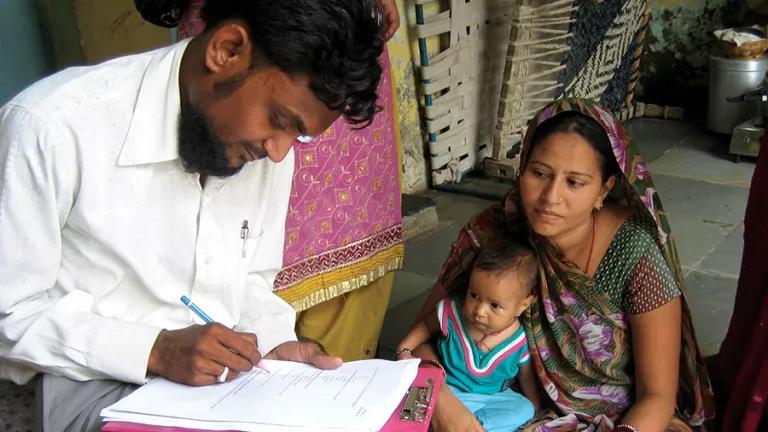
Rising Temperatures, Deadly Threat: Preparing Communities in India for Extreme Heat Events

Fossil Fuel Air Pollution Kills One in Five People

Punishing Heat in the East: Climate Change and Heat Stress
